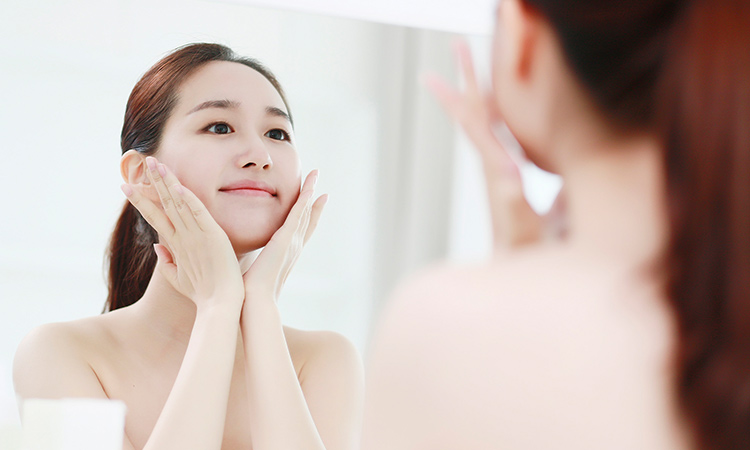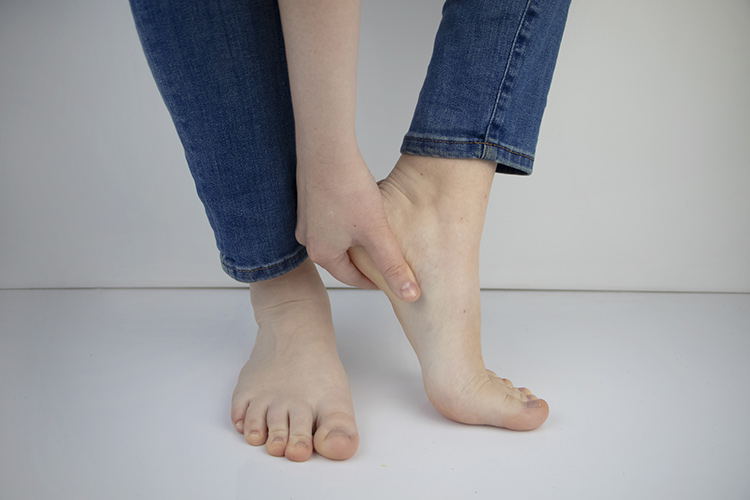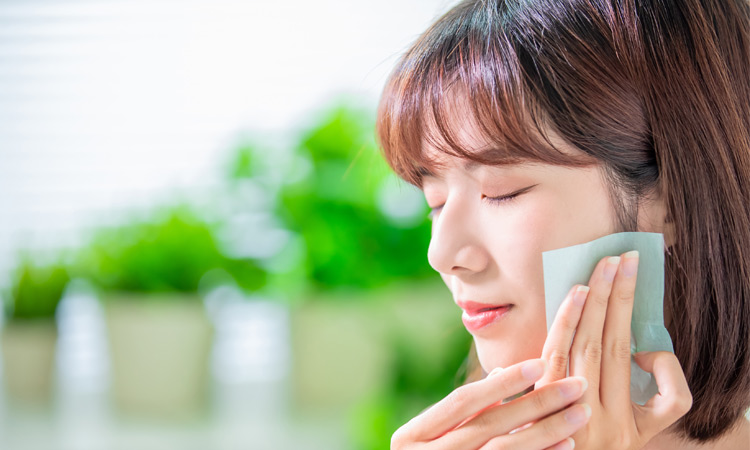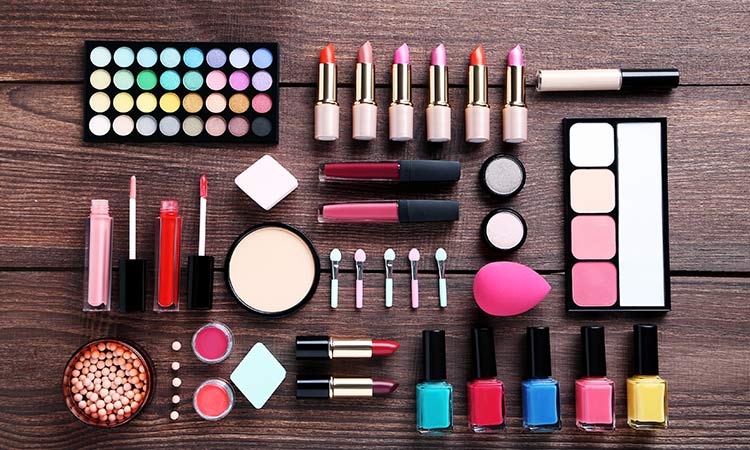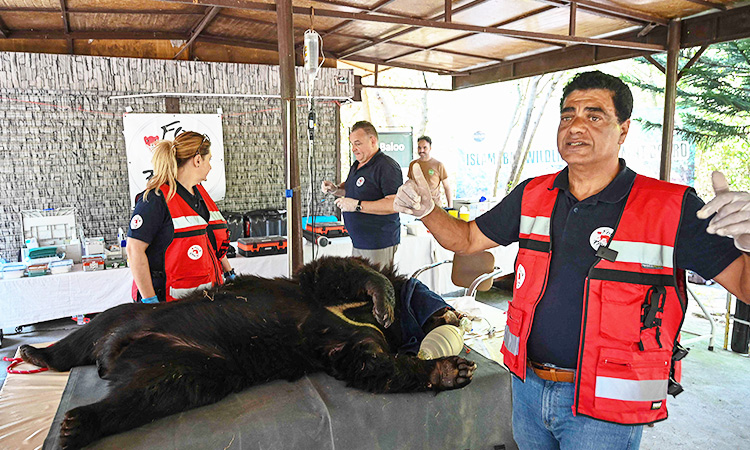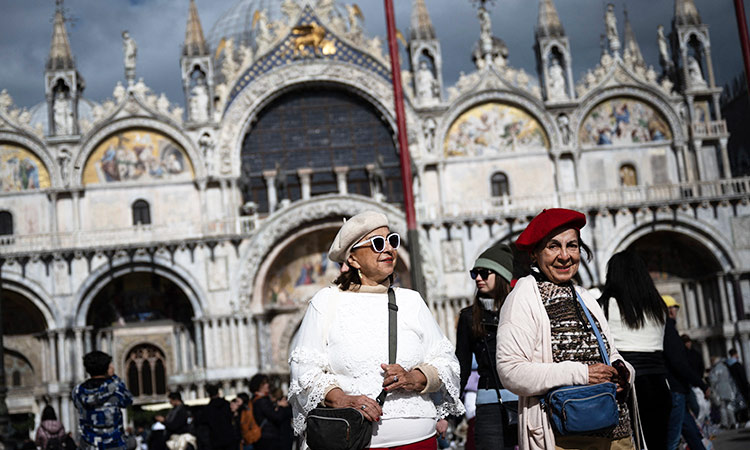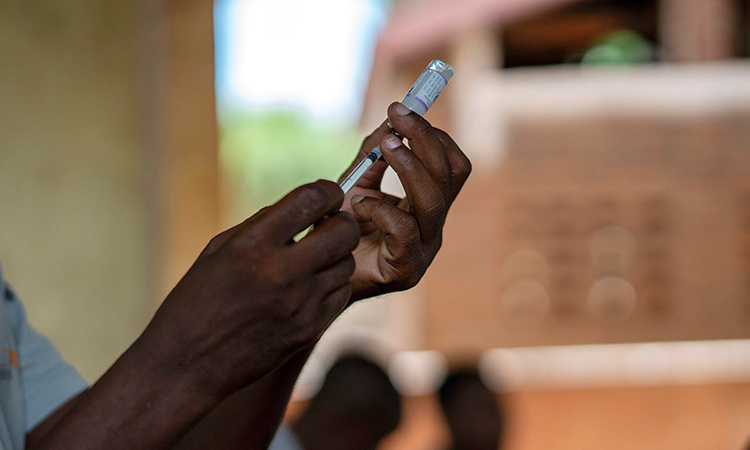The most important facts about sunscreen during a heat wave
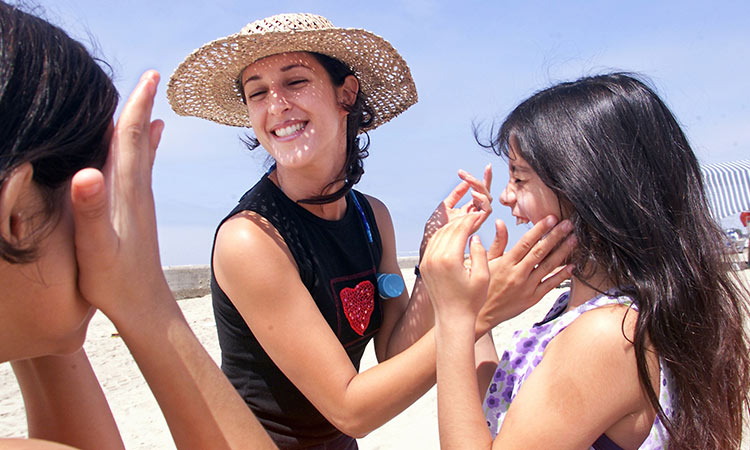
This photo has been used for illustrative purpose only. TNS
While many may shy away from the hotter weather this summer, opting to stay in doors with an ice-cold drink and a cooling fan constantly at their side, others may choose to head outdoors and bask in the sunshine.
If you're one of the latter, then it's essential that you have a constant supply of sunscreen at hand, so that you're ready to top up your sun protection on a regular basis.
However, with so many different types of sunscreen on the market, it can be difficult to decipher which are actually providing your skin with an adequate degree of protection.
READ MORE
How to keep your baby's skin soft this summer
Some steps for glowing skin during and after pregnancy
Ways to prep your skin for summer heatWhat are UVA and UVB rays?
UV (ultraviolet) rays are a form of electromagnetic radiation which comes from the sun, the American Cancer Society explains.
There are three forms of UV rays – UVA, UVB and UVC.
UVA rays emit the least amount of energy of the three types of UV rays, causing the skin to age and potentially leading to some skin damage.
UVB rays emit more energy than UVA rays, and can cause direct damage to DNA in the skin cells, resulting in sunburn.
According to the American Cancer Society, UVB rays are responsible for the majority of cases of skin cancer.
Meanwhile, UVC rays emit the most amount of energy of the three types of UV rays.
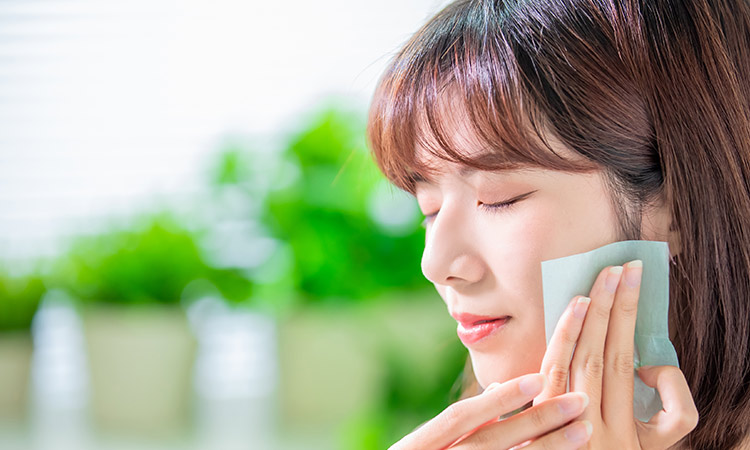
When buying a sunscreen, you want to make sure that you purchase a broad-spectrum product that protects you from UVA and UVB rays.
If a sunscreen has "UVA" written on the bottle in a circle, then this indicates that it meets the EU standard for protection against UVA rays.
Some products may also include a UVA star rating from one to five, the latter indicating the highest level of protection.
The NHS recommends buying a sunscreen with a sun protection factor (SPF) of at least 30 to protect against UVB rays, and a minimum four-star UVA protection.
What is SPF?
SPF measures the amount of protection a sunscreen can provide you against the sun's UVB rays.
It is rated on a scale from two to 50+. The higher the SPF number, the stronger the protection you'll have.
SPF provides you with an insight into how much longer it will take for your skin to turn red in response to UVB rays in comparison to if you weren't using any protection at all.
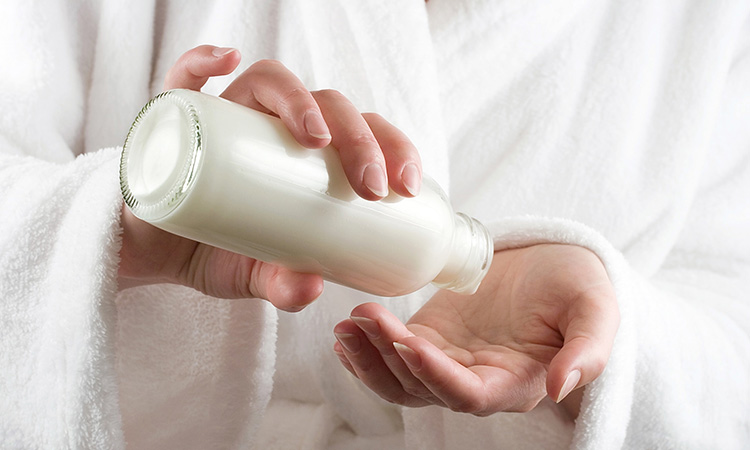
Therefore, if you would normally start burning within 30 minutes without sun protection, then a sunscreen with SPF 30 would theoretically provide you with 30 times more protection, which equates to 15 hours of protection.
Different types of sunscreen
Some sunscreens claim to only be necessary for use once a day, while others state that they are water resistant.
Here's everything you need to know about the various forms you can find.
Once-a-day sunscreen
According to research conducted by which sunscreens which claim to only require application once a day do not provide a sufficient amount of protection.
Therefore, consumers are advised to not rely on a sunscreen which states that it only needs to be applied once a day.
Water-resistant sunscreen
Water-resistant sunscreen is especially ideal for those spending time in the pool or sea this summer.
It does exactly what it says on the bottle – provide you with sun protection while you're in the water.
However, you must not assume that this protection will continue when you're out of the water.
Sunscreen for babies and children
The NHS recommends keeping children aged under six months out of direct sunlight.
From between the months of March and October in the UK, children should wear clothing that covers their skin adequately, be kept in the shade from the hours of 11am and 3pm and wear suncream which has a minimum of SPF 30.
The Independent
